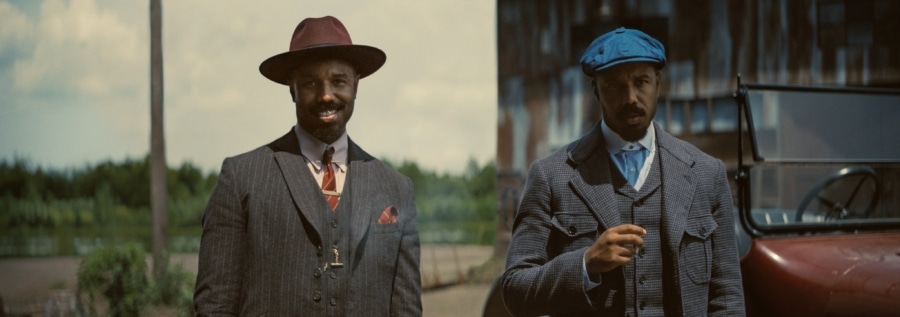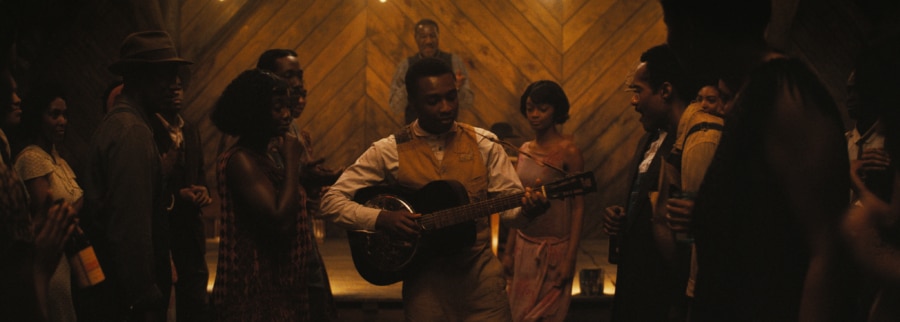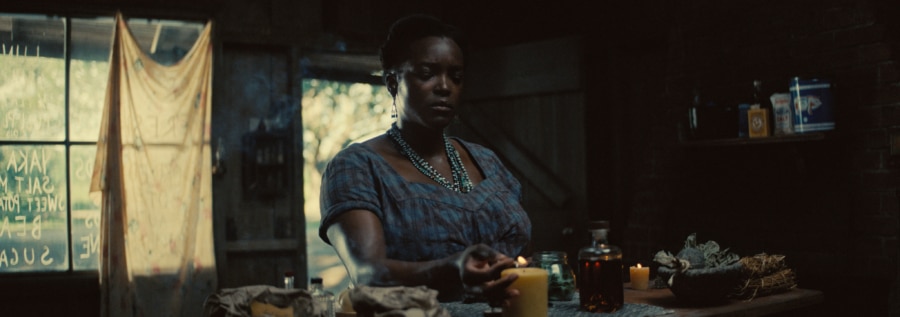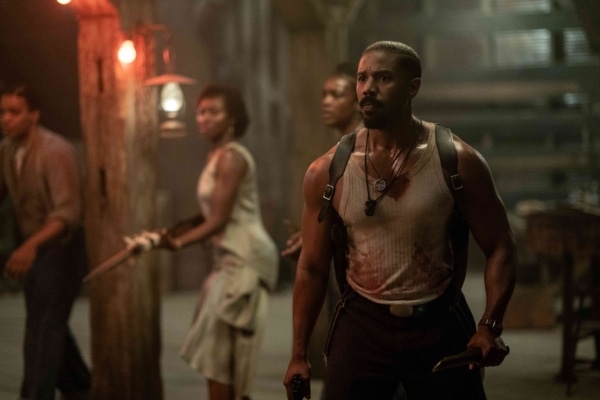Ryan Coogler has been on a trajectory that many filmmakers wish to achieve. The director, writer, and producer made his presence known with 2013’s Fruitvale Station. He brought back to life the Rocky franchise with his hard-hitting and emotionally driven movie, Creed. Then Marvel came knocking with Black Panther and its sequel, which Coogler would make the movies a cultural and blockbuster touchstone in cinema. Now Coogler returns with his most original idea, Sinners, and the film can cement the artist as one of the most innovative storytellers currently working today.
Sinners, written and directed by Coogler, follows twin brothers Smoke and Stack, played by Michael B. Jordan. The criminal siblings come home and return to Mississippi, where they decide to go somewhat legit and open a juke bar. The two pick up their cousin Sammie, played by Miles Caton, to bring the party to life with his Rhythm and Blues guitar player skills. On the night of the grand opening and while the joint is popping beyond, evil comes to their door, and that’s when s**t hits the fan.

From the jump, the script for Sinners is phenomenal. The influence from Quentin Tarantino’s From Dusk Till Dawn is in the story’s foundation but is only used as a jumping point. Coogler takes a horror concept and elevates the film to showcase the power of Blues music. The director delves deep into how the genre of sound has affected music for generations. It takes the history of what is said about Blues and takes it back in time to how it’s not just rhythm but also part of African culture. Yet, it doesn’t stop there.
Sinners go into man’s duality and the evils buried in them. Smoke and Stack look similar, have the same mannerisms, and share some character traits. But one is battling the darkness in him and is trying to change, while the other accepts it. The script brings up the idea of facing your doppelganger and confronting it. Coogler handles all this on a masterclass level with pinpoint accuracy on the emotional beats while making Sinners a fun action ride, which leads us to the film’s direction.
Autumn Durald Arkapaw’s work as Director of Photography gives the Sinners the Kinetic energy the film deserves. The day and night shots are beautiful to watch, bringing the story to life. I was in awe of how the 65mm film with IMAX 15-perf 70 mm and Ultra Panavision 70mm cameras looked and could not get enough of Coogler’s way of using the camera’s movements. One strong case is a pivotal moment in the 2nd Act. The Juke Joint is only getting louder, and the people truly feel the tunes played by Sammie.

Coogler and Arkapaw take the camera and go between the crowd as they dance the night away. Annie, played by Wunmi Mosaku, narrates the history of music and how it can break the walls of time. Without spoiling it, the scene is heightened when Coogler presents the different cultures, genres, and generations that the Blues will impact. We get shots of how Blues music was influenced, all while being done in one long continuous shot that travels throughout the building. The scene left me speechless, akin to having an out-of-body experience.
Of course, the acting is worth mentioning.
Jordan has continuously grown as an actor during his long career in film and television. He keeps the momentum going and can rise to the challenge of playing dual roles. However, Mosaku steals the show. We don’t get a lot of time with the character, but the actress makes every minute of her part count. She arrives at every scene with her “A” game, hitting those emotional beats and becoming the heart of Sinners.

Sinners might be Coogler’s best work to date. The director takes the atmosphere of The Thing, the era of There Will Be Blood, the look of Road to Perdition, and the horror of From Dusk Till Dawn and says an astonishing message about music and duality. The soundtrack is undeniably great, composed by Ludwig Göransson and his collaborators. The film’s final ten minutes are pure “chef’s kiss.” If I can quantify this film as a GIF, it would be Erik Lensherr saying, “Perfection.”

